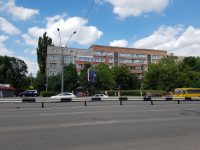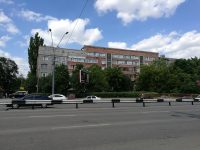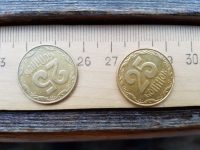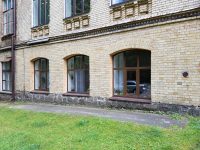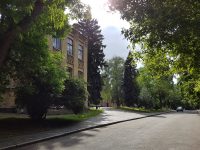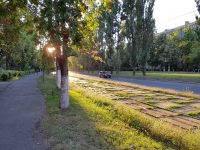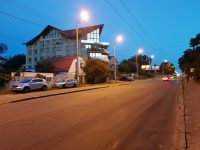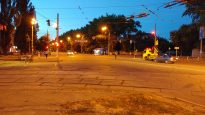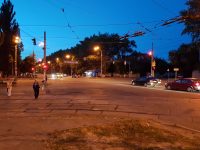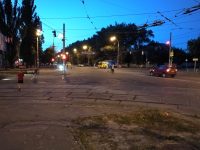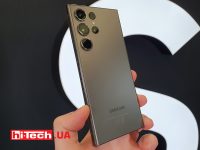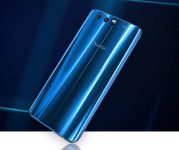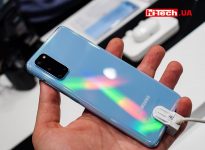Huawei P9, LG G5 se and Samsung Galaxy S7 camera test. Who takes pictures the best?
01.08.16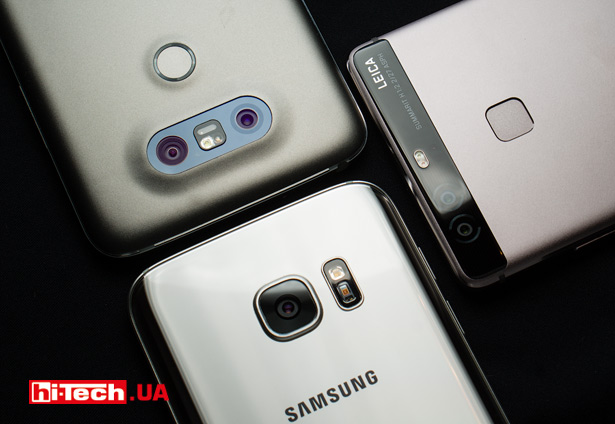
Only the Huawei P9 of this trio has a flat back panel without a protruding camera
We are already accustomed to the fact that we can guarantee excellent shooting capabilities from the flagships of Samsung and LG. What about Huawei?
Recently, advanced Huawei smartphones have become full-fledged competitors to top A-brand devices. The company is no longer at all shy about setting prices for its models at the same level as its famous competitors, and it is not surprising that the Huawei P9 was included in this comparative test. Moreover, in terms of shooting, the P9 is prepared very well and has a number of non-standard solutions.
We looked at the Samsung Galaxy S7 camera in detail in a separate article, but now there was an opportunity to use this smartphone again, but in comparison with Huawei P9 and LG G5 se.
For reference: the Samsung Galaxy S7 and S7 edge smartphones are identical in terms of cameras, so everything said about the Galaxy S7’s shooting capabilities also applies to the S7 edge. The situation is similar with the LG G5 se/G5 pair. Smartphones use the same cameras, but they still have one difference in functionality, which will be discussed below.
As you can see, unlike the Samsung Galaxy S7, which has one rear camera, the Huawei P9 and LG G5 se have two cameras on the rear panel. Is this option better than a regular single module?
Equipment
You may recall that experiments with dual cameras in smartphones have been carried out for quite some time. For example, in LG Optimus 3D/3D Max and HTC EVO 3D they were used for stereoscopic (3D) volumetric photography, and in HTC One (M8) the additional camera was used for various effects related to depth of field.
But in the case of Huawei P9 and LG G5 se, the purpose of their dual cameras is different, and in both cases the solutions used have not been seen before.
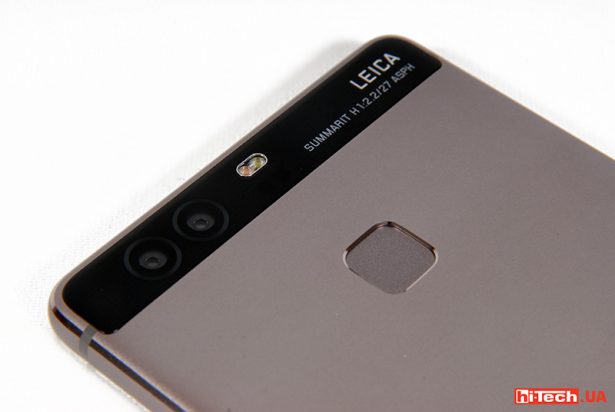
Both camera modules in the P9 are 12-megapixel Sony IMX286 sensors of 1/2.9″ size. The camera lenses are identical, but the sensor of the additional camera does not have color filters for the pixels (Bayer filter), it is monochrome. Accordingly, the additional camera is black and white. Why is this necessary?
According to Huawei, both cameras in the P9 work together when shooting. One is responsible for color, and monochrome is responsible for detail, which theoretically will allow you to achieve better results. In addition, two camera modules capture more light, which has a positive effect on the results when shooting in difficult conditions with limited light (indoors, evening, night photos).
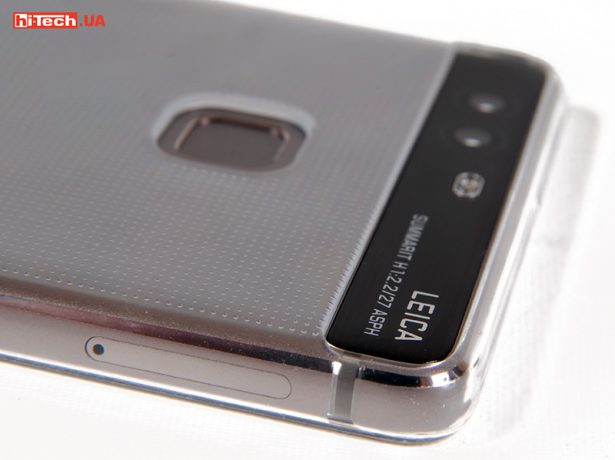
The solution is truly unusual. How all this is implemented and how exactly it works in Huawei P9 is difficult to say. By the way, solutions related to shooting in Huawei P9 were developed in collaboration with the legendary company Leica. This collaboration is highlighted by the presence of the Leica logo on the body of the device.
Just for fun, I did an experiment and covered the monochrome camera when taking pictures. The smartphone, of course, “swears” that one of the lenses is closed, but allows you to shoot. The difference in the resulting images was really noticeable.

The LG G5 se went a different route. The main camera is quite traditional, and it was carried over from the LG G4 almost unchanged. As before, a 16-megapixel Sony IMX234 sensor of 1/2.6″ size is used. The equivalent focal length of the lens is 28 mm, and the aperture is F:1.8.
But the second is a camera with a wider viewing angle. The equivalent focal length of the lens of this camera is 20 mm, the resulting viewing angle is 135 °. The characteristics of the second camera are more modest. A 1/2.8” Sony IMX268 sensor is used and the lens aperture is F: 2.4.
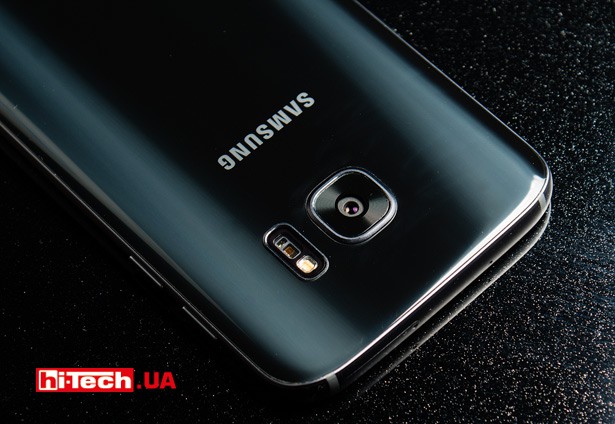
The Samsung Galaxy S7 uses a 1/2.5″ Sony IMX 260 sensor. The lens aperture is the highest in the test and is F: 1.7 (the lower the value, the higher the aperture).
Please note that, compared to the LG G5 se (we’re talking about the main camera) and the Samsung Galaxy S7, the Huawei P9 uses smaller sensors and weaker lens aperture.
All three models feature an advanced autofocus system. The LG G5 se has laser autofocus, the Huawei P9 has phase detection autofocus, and the Samsung Galaxy S7 has a Dual Pixel hybrid autofocus system using phase detection autofocus.
Only the Samsung Galaxy S7 and LG G5 se are equipped with an optical stabilization system.
Functions and controls
All smartphones have the ability to instantly switch to shooting mode using one of the physical buttons provided.
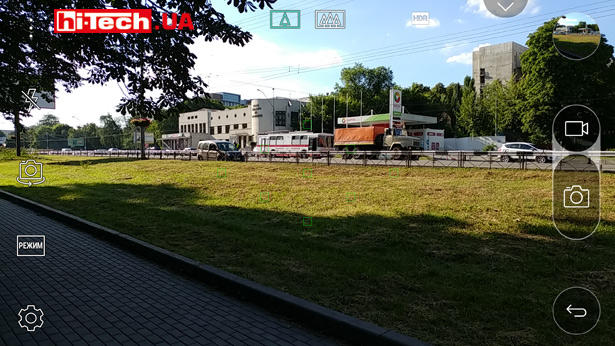
Main screen of camera mode in LG G5 se
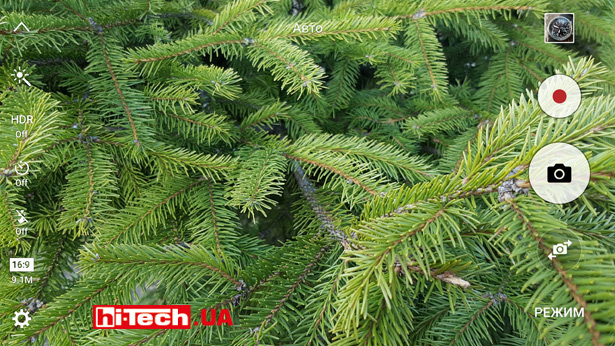
Samsung Galaxy S7 Camera Mode Interface
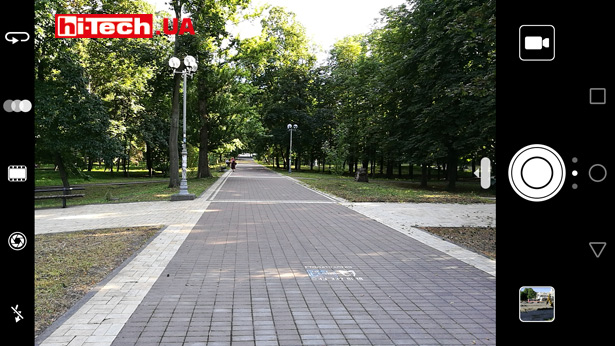
Main screen of camera mode in Huawei P9
In the Huawei P9 interface, we are somewhat surprised to find separate pages for photo and video shooting. Typically, there are separate thumb buttons on the screen for taking pictures and starting recording. In the case of Huawei P9, clicking on the icon with the image of a video camera will not start video recording, but will switch to video recording mode. This is not very convenient.
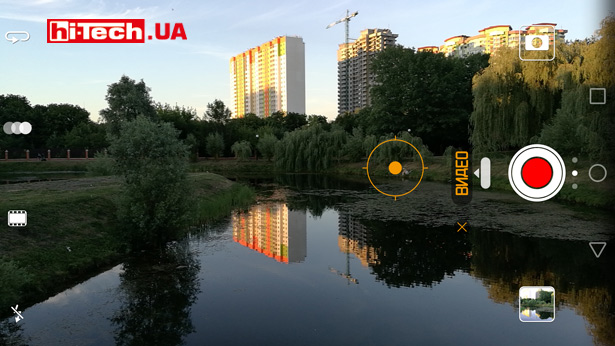
Huawei P9
Despite this, overall I would call the Huawei P9’s shooting controls the most convenient.
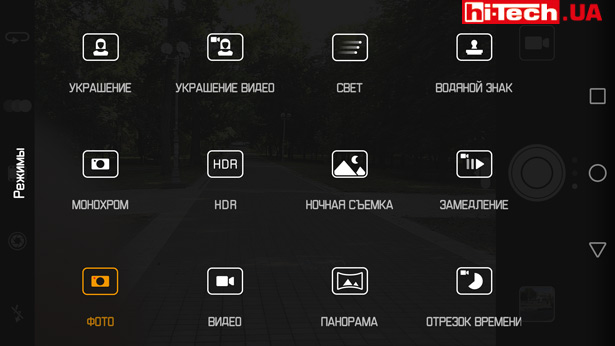
Huawei P9 Camera Settings
The interfaces of the Samsung Galaxy S7 and LG G5 se almost completely copy the interfaces of their predecessors – the Galaxy S6 and LG G4, respectively.
Switching between the two rear cameras in the LG G5 se is done by clicking on the corresponding icons.

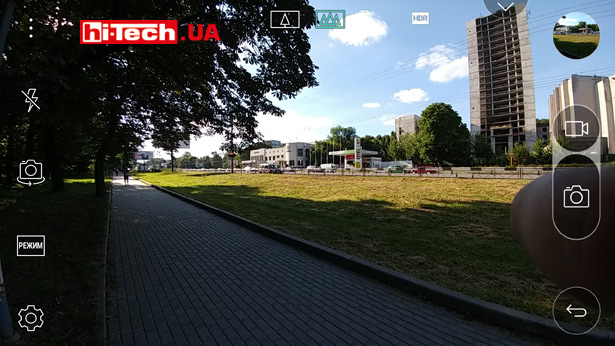

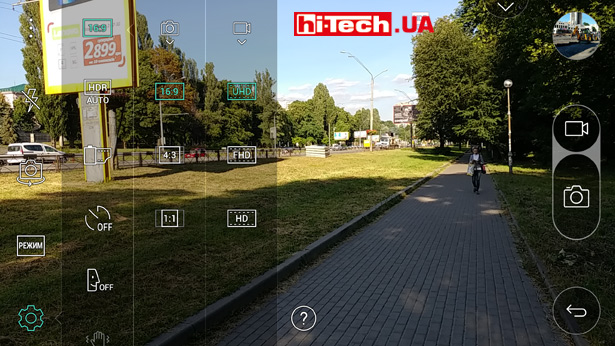
Without any exact calculation, but based on subjective feelings, I got the impression that in terms of the number of various functions and effects, the most advanced smartphone is the Samsung Galaxy S7. I would put Huawei P9 in second place, and LG G5 se in third.
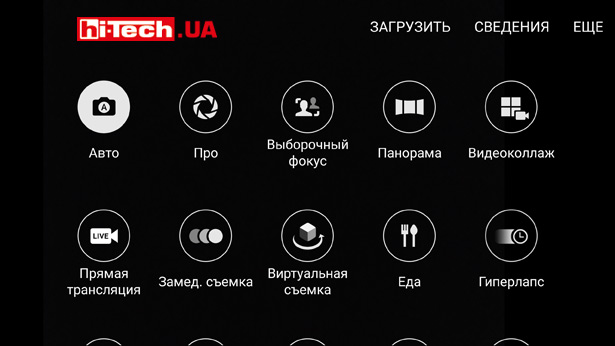
Samsung Galaxy S7
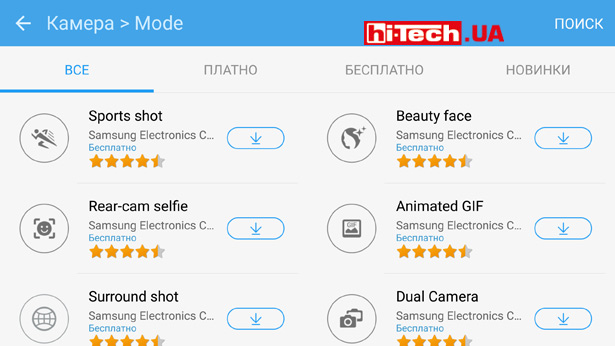
Increase the capabilities of the Samsung Galaxy S7 camera by downloading additional extensions
The capabilities of the Galaxy S7 can be expanded by installing appropriate add-ons from the Samsung branded market. There are not many add-ons available, but there are some very interesting ones. In addition, all add-ons are free.
Few people will be surprised by a regular panorama, but the Samsung Galaxy S7 can create spherical panoramas.
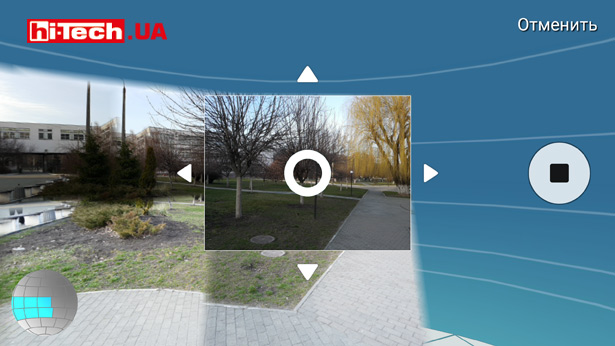
Shooting a spherical panorama on the Samsung Galaxy S7
Taking pictures while recording video is available on all smartphones.
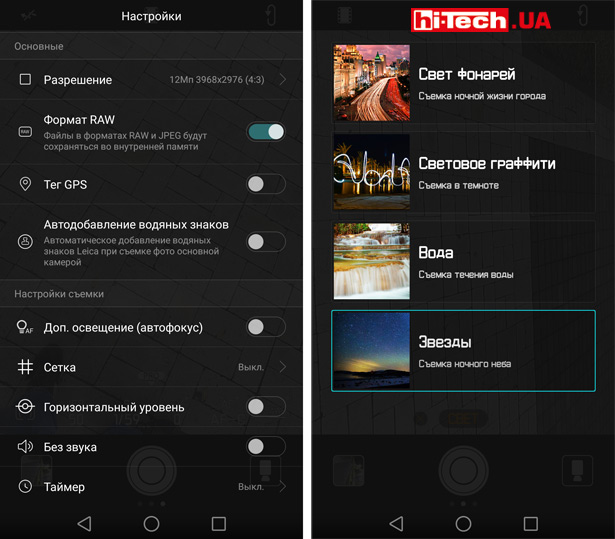
Huawei P9
The Huawei P9 allows you to take black and white photos using a separate monochrome camera. I also remember that the smartphone has special modes that allow even beginners to take pictures with interesting effects associated with long exposures. For example, using “Light Graffiti” (Freezelight), you do not need to worry about selecting shutter speed. The smartphone will do everything itself. In addition, you can write words “directly” rather than mirrored. The device itself will “flip” the image as needed.
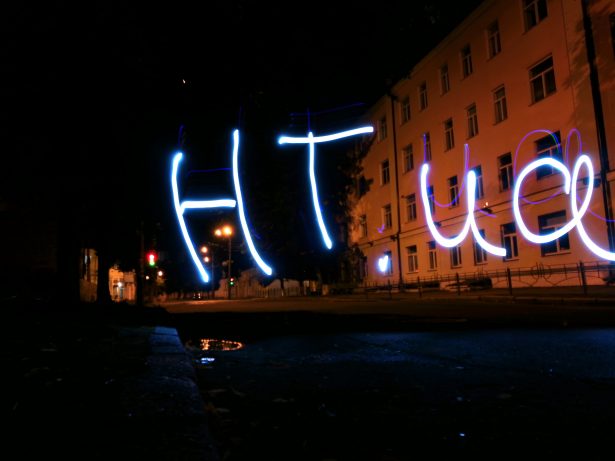
Tracking a selected object on the screen is provided in the Samsung Galaxy S7 and Huawei P9. But this function is implemented in different ways. The Samsung Galaxy S7 will monitor any objects, while the Huawei P9 will only monitor stationary objects. If, for example, you point at a pigeon, then when it starts to move, the Galaxy S7 will continue to follow it, and the Huawei P9, instead of the pigeon, will keep the point where the pigeon was in focus (even when moving the camera).
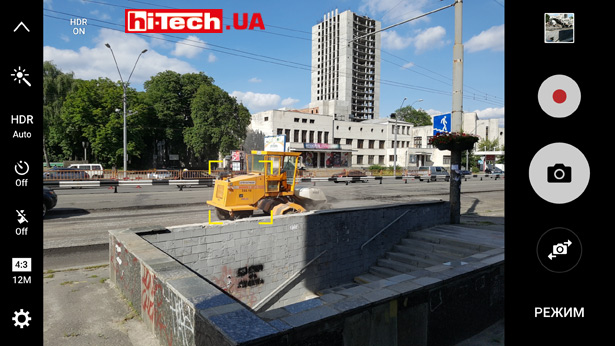
Samsung Galaxy S7
Taking into account the use of two cameras with different focal lengths, the LG G5 se implements an unusual zoom mode. If you zoom from the wide-angle position, the camera changes shooting modes in this way: shooting with an additional camera, additional camera + digital zoom, switching to the main camera and shooting with the main camera, main camera + digital zoom.
In addition to the LG G5 se, you can purchase a camera grip with physical buttons to control the shooting process. With such a handle, the smartphone will resemble a regular compact camera with convenient shooting with one hand.
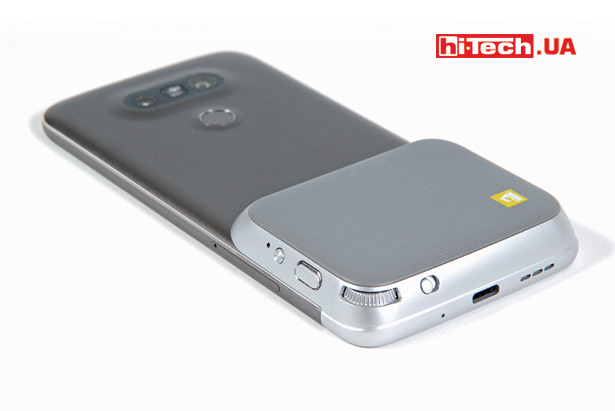
Manual mode
In recent years, flagship smartphones have received more and more functions related to manual control of many shooting parameters.
All presented smartphones have dedicated “manual” shooting modes. They allow you to independently choose the type of exposure metering, adjust the white balance, manually control focus, adjust sensitivity, select shutter speed (shutter priority), etc. Once again, we note that, unlike cameras, smartphones do not allow you to control the aperture. Shooting always takes place at the maximum open aperture.

“Manual” shooting mode LG G5 se
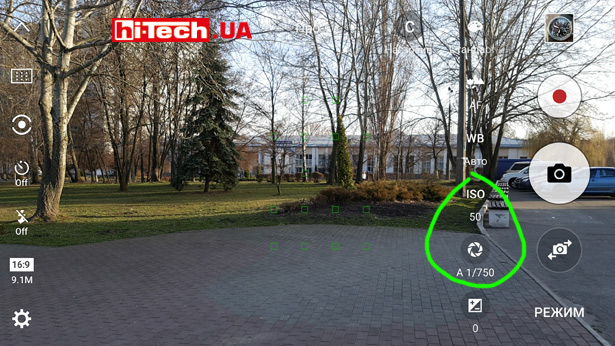
Pro mode with manual camera settings Samsung Galaxy S7

“Manual” shooting mode Huawei P9
In addition, in such modes you can see the current shutter speed and sensitivity parameters in real time, which helps you navigate when setting up.
Please note that when shooting video rather than photography in the Huawei P9, the user will only have access to a few “manual mode” settings, while the LG G5 se does not provide such a mode for video at all.
Against this background, the Samsung Galaxy S7 stands out very much. “Manual” mode is also available for video. Yes, if necessary you can choose sensitivity, shutter speed, etc. not only for photos, but also for video!
Another trend in advanced smartphone cameras in recent years is support for the RAW format. Samsung Galaxy S7 and Huawei P9 have this function, although when shooting in monochrome in Huawei P9, RAW will not be available.
But the LG G5 se, unlike, by the way, the LG G5, cannot shoot in RAW using the native camera application.
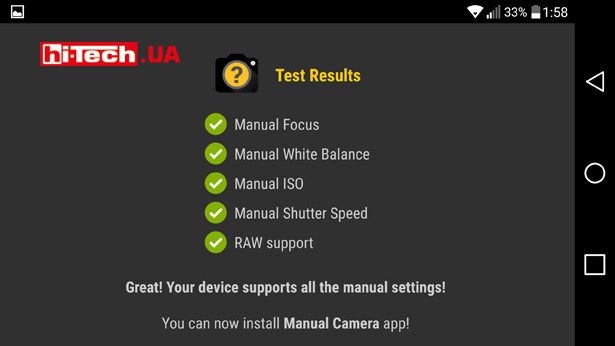
But, as it turned out, using the application Manual Camera , you will still be able to receive RAW files. The application, unfortunately, is not free.
Video
Samsung Galaxy S7 and LG G5 se boast optical image stabilization, but Huawei P9 does not.
Flagship smartphones have been able to shoot 4K video for many years. It is all the more surprising that the Huawei P9 did not have such an opportunity.
In terms of video capabilities, the Samsung Galaxy S7 looks to be the most advanced of the trio. In addition to the aforementioned manual mode for video recording, this smartphone records slow motion video at up to 240 fps, other smartphones at up to 120 fps.
The LG G5 se, like its predecessor LG G4, does not have a 1080p60 recording mode, although the LG G2, which was released more than three years ago, had such a mode.
Shooting quality and test examples
All smartphones have advanced autofocus systems, but the winner in terms of autofocus speed is quite easy to determine: the Samsung Galaxy S7. If for a mobile photo it is not so important whether you focus quickly or very quickly, then for video recordings this is important. There is only one note: in 1080p60 mode, the speed and quality of the Galaxy S7’s autofocus drops noticeably. We assumed that this flaw could be fixed in one of the firmware updates, but the problem is still present.
As mentioned above, if you close the additional monochrome camera in the Huawei P9, the quality of the resulting images really changes for the worse.
The manufacturer extolled the shooting level of Huawei P9 almost to the level of SLR cameras. For my part, I note that this is not so. The joint work of two Huawei P9 cameras, whose characteristics are slightly inferior to those of the Galaxy S7 and the main one in the LG G5 se, allowed this smartphone to reach approximately the level of top-end smartphones in terms of photography quality, which is also very good.
Pictures taken with a monochrome camera do not have higher detail, which could be expected, given that the sensor used in this case is not a Bayer one. But it is noticeable that more neutral noise reduction and contour sharpening (Sharpening) are used. It’s also a pity that the monochrome camera doesn’t shoot in RAW. It would be interesting to experiment with the results. Note also that monochrome photographs in the same shooting situation have different exposure values (lower sensitivity, shorter shutter speed).
The main camera of the LG G5 se seems to shoot about the same as the camera of the LG G4, which is a very high level. The additional camera of the LG G5 se is inferior in quality to the main one. This is clearly visible in photographs taken in difficult conditions.
During normal automatic shooting, Huawei P9 reduces the shutter speed to 1/17 s. In the Galaxy S7 and LG G5 se, the shutter speed can be even lower, 1/10 s and 1/9 s, respectively. All other things being equal, a lower shutter speed in low light conditions allows you to use lower sensitivity values, and in this case, the optical stabilization system of these smartphones apparently allows you to avoid movement.
If we evaluate the quality of photography of this trio of smartphones, then this is not the case when it is easy to say who takes better photos and who takes worse photos. The level is approximately the same, but the difference lies in the nuances that can be distinguished mainly only with a detailed study.
For example, the LG G5 se performed slightly better in macro photography, providing a large zoom, but in backlit situations the lens did not perform as well in terms of close-range protection.
The noise reduction and edge sharpening settings of the Samsung Galaxy S7 and LG G5 se were generally higher than those of the Huawei P9. Sometimes this was an advantage, and sometimes it was not.
There are no special complaints about the tested models in terms of white balance. Only occasionally can you notice any inaccuracies in the operation of the automation.
HDR is not very conveniently implemented in Huawei P9. It was moved to a separate mode, along with such modes as “video”, “photo”, “monochrome”, “slow motion”, “night photography”, etc. In the Samsung Galaxy S7 and LG G5 se, for comparison, HDR is just another setting on the main shooting mode screen. In this case, HDR can be turned on and off, or you can select automatic mode, when the camera itself will determine the need to use HDR and its strength.
Without optical stabilization and 4K video recording mode, Huawei P9 was not in the best position in this company.
In terms of detail in video frames, the Samsung Galaxy S7 and LG G5 se with their 4K mode easily surpassed the Huawei P9. But even if we compare Full HD video of all three smartphones, the Huawei P9 will also be among the laggards.
Overall, I liked the video shot on the Samsung Galaxy S7 the most. The LG G5 se was a little disappointing because, in my opinion, it was a bit overdone with the picture and the contrast settings were too aggressive.
The Samsung Galaxy S7, by the way, uses very powerful (more than we would like) noise reduction in very limited lighting conditions. Along with noise suppression, a lot of details in the frames are also lost.
Another small nuance. To evaluate the color rendition of the resulting images, the IPS screens used in the Huawei P9 and LG G5 se are slightly better suited than the AMOLED screen in the Samsung Galaxy S7. Yes, the AMOLED screen has excellent contrast, vibrant colors, etc., but when you download photos from the Samsung Galaxy S7 to your computer, you may be surprised that they don’t look exactly the same on the monitor as they do on the smartphone.
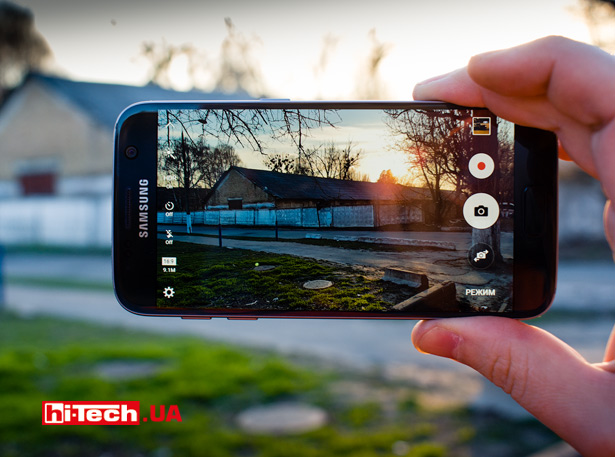
A tripod was not used to take pictures and videos. The shooting was done handheld. Automatic shooting mode was used without flash. The HDR setting on the Samsung Galaxy S7 and LG G5 se has been set to Auto.
The order of pictures in all examples:
LG G5 se – Samsung Galaxy S7 – Huawei P9
To download the original image, right-click on the thumbnail and select open in a new window
1.
2.
3.
4.
5.
6.
7.
8.
9.
10.
11.
12.
13.
14.
15.
16.
17.
18.
Examples of shooting with insufficient lighting.
19.
20.
21.
22.
- mde
23.
Conclusions
Assessing the technical, functional features, and shooting quality, we will call the Samsung Galaxy S7 the winner in this comparative test of smartphone cameras.
With comparable photo quality, it has the most advanced video recording capabilities. This smartphone is the best in autofocus speed and has many functions and settings that are not available to other test participants.
The cameras of the LG G5 se and Huawei P9, in turn, deserve great praise. The developers have prepared truly new solutions that have not been seen before.
It is during the test that you pay attention to all the little things and nuances. With normal use, any of the smartphones presented in the test will certainly please you with the quality of shooting.
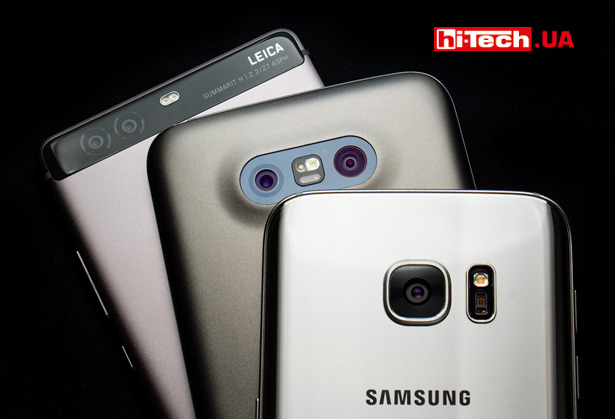
The idea of an additional camera with a wide viewing angle in the LG G5 se is indeed very interesting. This is a cool feature of the LG G5 se, and the main camera is also very good.
But the dual camera in Huawei P9 looks a little far-fetched. Nevertheless, Huawei P9 as a result shoots at the level of the most powerful smartphones in terms of camera capabilities.
Huawei P9 rear dual camera rating:
+ excellent photo quality
+ RAW support
- does not record 4K video
- no optical image stabilization
LG G5 se rear dual camera rating:
+ excellent photo quality
+ optical image stabilization
+ second camera with wider viewing angle
- does not support RAW (in native camera app)
- no 1080p60 video recording mode
Samsung Galaxy S7 rear camera rating:
+ excellent photo quality
+ manual mode available for video shooting
+ optical image stabilization
+ RAW support
+ the most powerful slow motion mode
+ fastest autofocus
- too aggressive noise reduction when shooting video in very limited light conditions
- in 1080p60 mode there are problems with autofocus
Read also:
- What can the Samsung Galaxy S7 camera do?
- A few words about the Samsung Galaxy S6 camera
- How the LG G4 shoots ? We look at the camera mode in the new flagship
- Comparison of HTC One (M8) and Samsung Galaxy S5
- Camera test. LG G3 vs Samsung Galaxy S5
Engineer of the Test Laboratory
Don't miss interesting news
Subscribe to our channels and read announcements of high-tech news, tes
Oppo A6 Pro smartphone review: ambitious
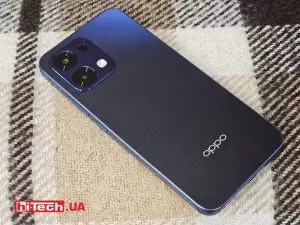
Creating new mid-range smartphones is no easy task. Manufacturers have to balance performance, camera capabilities, displays, and the overall cost impact of each component. How the new Oppo A6 Pro balances these factors is discussed in our review.
Editor’s Choice 2025. Best devices of the year by hi-tech.ua

The best gaming laptops, mice for work, gaming keyboards, smartphones, and wireless headphones of 2025. Among them, we will highlight the most interesting ones and those that we can recommend buying.
Xiaomi Watch 5 is the first smartwatch with two medical sensors at once smart watches Xiaomi
Xiaomi Watch 5 will be the senior solution in the brand’s device line. The watch is built on the Qualcomm Snapdragon W5 platform
Lenovo Adaptable Keyboard can adapt the pressure of pressing keyboard Lenovo mouse
Lenovo uses an optical actuation mechanism in this model, which allows you to change the key travel and response characteristics.


